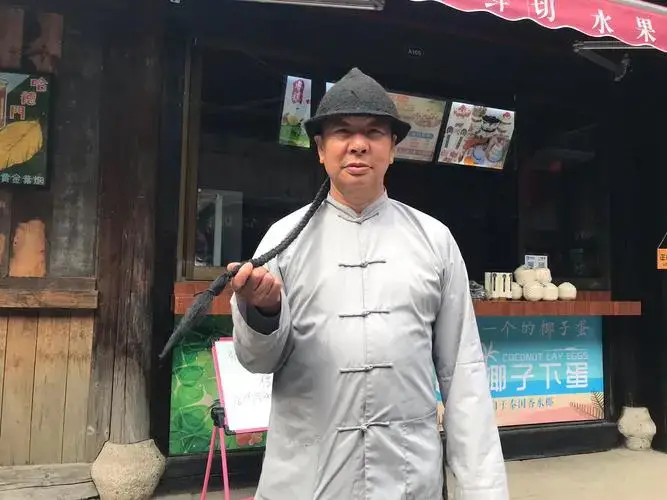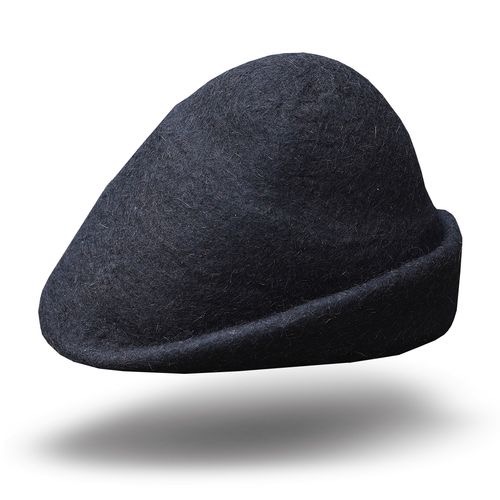A felt hat is a type of headgear crafted from felt, commonly utilized for warmth and sun protection. The materials used in making felt hats include wool, rabbit fur, a blend of wool and rabbit fur, among others, with wool being the most prevalent. The manufacturing process involves steps such as degreasing, softening, and felting, requiring multiple rounds of pressing and kneading for completion.
Felt hats excel in providing warmth by effectively retaining heat around the head. Additionally, due to their dense and soft texture, they serve as a practical barrier against dust and insects. Consequently, felt hats become essential accessories for staying warm during winter or chilly weather.
Furthermore, the elastic nature of felt hat materials allows for the creation of hats in various shapes and sizes, catering to different head shapes and preferences. The tight and soft texture also makes felt hats suitable for crafting diverse fashionable accessories, including stylish hats and scarves.
Historical Background of Felt Hats
The production of felt hats dates back over 2,700 years to the Zhou Dynasty, as mentioned in the “Zhou Li Zhu Shu.” Archaeological findings at the Loulan site and the Robu Nao’er tomb reveal the use of felt hats during the Han Dynasty. During the Tang Dynasty, triangular-shaped felt hats with high crowns, rolled brims, and a hollow top, known as “white hats,” gained popularity and became commonplace among the general population.

In the Qing Qianlong period, felt hats were depicted as common headwear for ordinary people in the novel “Dream of the Red Chamber” by Cao Xueqin. By the late 19th century, specialized felt hat shops emerged, with Shaoxing’s “Pan Wansheng” gaining prominence. The shop’s reputation grew, and it became widely recognized.
Shaoxing Felt Hats
Shaoxing felt hats, characterized by their dark color, round crown, front brim extending into a shovel-like shape, and rolled brim, offer versatile utility. They provide shade and absorb sweat in summer, block wind and provide warmth in winter, making them suitable for year-round use. Felt hats are not only functional as sun hats but also serve as straw hats, except for extremely hot days.

Apart from their use as headwear, felt hats have various practical applications. They can serve as impromptu containers for shopping, carrying items, or even holding water for washing one’s face. Felt hats are economically efficient, reflecting the shared headgear of Shaoxing farmers, craftsmen, and various artisans in the past.
Over time, as lifestyles evolved and headwear preferences changed, the number of people wearing felt hats diminished. However, as a distinctive cultural symbol, the black felt hat leaves a lasting impression, resonating with Shaoxing’s folk culture and historical legacy. While less common today, the felt hat continues to evoke memories of Shaoxing’s rich cultural heritage.